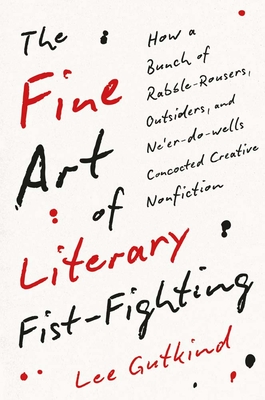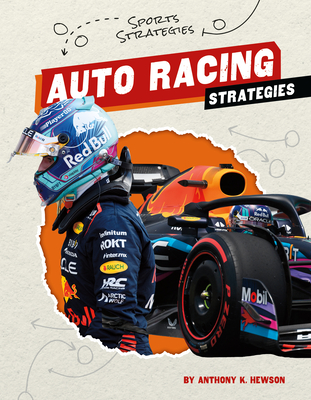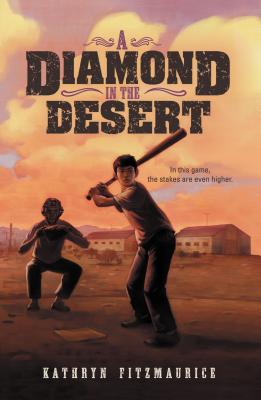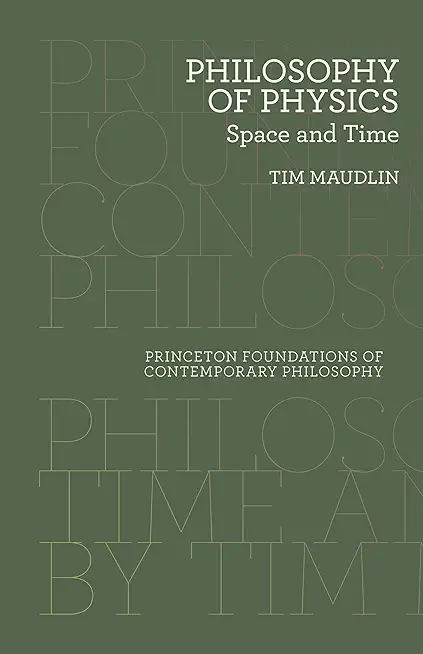
Gutkind, Lee
product information
description
eative nonfiction, written by the "godfather" of the genre "When [Gutkind] stops to look back on his own evolving perspective . . . [and] reflects upon his writing career, the choices he made . . . he puts himself, and us, right back in the moment--and the results are vivid, ambiguous, emotionally resonant, fascinating."--Lucas Mann, Washington Post In the 1970s, Lee Gutkind, a leather-clad hippie motorcyclist and former public relations writer, fought his way into the academy. Then he took on his colleagues. His goal: to make creative nonfiction an accepted academic discipline, one as vital as poetry, drama, and fiction. In this book Gutkind tells the true story of how creative nonfiction became a leading genre for both readers and writers. Creative nonfiction--true stories enriched by relevant ideas, insights, and intimacies--offered liberation to writers, allowing them to push their work in freewheeling directions. The genre also opened doors to outsiders--doctors, lawyers, construction workers--who felt they had stories to tell about their lives and experiences. Gutkind documents the evolution of the genre, discussing the lives and work of such practitioners as Joan Didion, Tom Wolfe, Norman Mailer, James Baldwin, Zora Neale Hurston, Rachel Carson, Upton Sinclair, Janet Malcolm, and Vivian Gornick. Gutkind also highlights the ethics of writing creative nonfiction, including how writers handle the distinctions between fact and fiction. Gutkind's book narrates the story not just of a genre but of the person who brought it to the forefront of the literary and journalistic world.
member goods
No member items were found under this heading.
notems store
Return Policy
All sales are final
Shipping
No special shipping considerations available.
Shipping fees determined at checkout.







